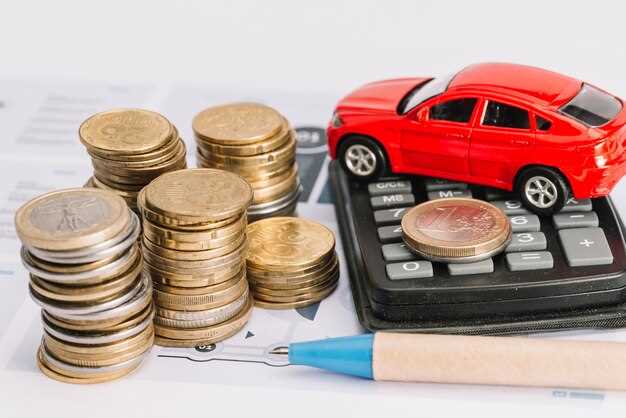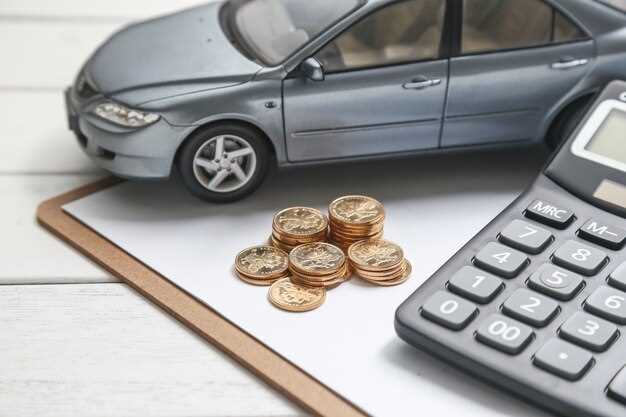
When it comes to selling a classic car, understanding the market and leveraging your vehicle’s unique attributes is crucial for maximizing profit. Classic cars often represent not just a mode of transport but also a slice of history, and potential buyers are willing to pay a premium for rare finds or well-maintained vehicles. However, navigating the complexities of the classic car market requires careful planning and strategic presentation.
First and foremost, assessing the current market value of your classic car is essential. Conduct thorough research to determine the going rates for similar models in comparable condition. Utilize online platforms and classic car auctions to gather insights on pricing trends. This foundational knowledge empowers you to set a realistic asking price that reflects your car’s value while attracting interested buyers.
Next, invest time in detailing and restoring your vehicle to enhance its appeal. Prospective buyers are often more inclined to purchase a car that appears well-cared-for. This includes mechanical servicing, thorough cleaning, and addressing any cosmetic issues. The effort you put into presenting your classic car will significantly influence buyers’ perceptions and, ultimately, their willingness to pay top dollar.
Finally, crafting an engaging and informative listing is vital. Highlight the unique features and history of your car, and provide high-quality photographs that showcase its best angles. A compelling story can resonate with potential buyers, making them more likely to envision themselves as the new owner of your classic automobile. By following these strategies, you can effectively maximize your profit when selling your cherished classic car.
Assessing the True Value of Your Classic Car for Optimal Pricing

Determining the true value of your classic car is crucial for setting a competitive price that attracts buyers while maximizing your profit. Begin by researching the market to understand current trends and demand for your specific make and model. Look at recent sales of similar vehicles in your area to gauge what buyers are willing to pay.
Utilize online valuation tools and classic car pricing guides such as the NADA Guides or Hagerty Valuation Tools, which can provide insights based on historical data and market conditions. These platforms often take into account factors like condition, mileage, and rarity, giving you a more comprehensive assessment of your car’s worth.
The condition of your vehicle plays a significant role in its value. Honestly evaluate its exterior, interior, and mechanical components. A well-maintained car with original parts typically commands a higher price, while vehicles with extensive modifications or significant wear and tear may be valued lower. Consider having a professional appraisal done to get an expert’s opinion.
Documentation can significantly enhance your car’s value. Gather all relevant paperwork, including service records, original manuals, and any restoration work performed. A complete history of the vehicle can reassure buyers and justify a higher asking price.
Rarity and desirability also affect value. Limited production models or those with unique features are often in higher demand among collectors, which can lead to increased pricing potential. Keep an eye on collector interest and how it shifts over time.
Finally, consider the timing of your sale. The classic car market can fluctuate based on economic conditions and seasonal trends. Selling during peak seasons when demand is higher can yield better financial outcomes.
Assessing these elements carefully will help you arrive at a realistic asking price that reflects the true value of your classic car and maximizes your profit potential in a competitive marketplace.
Preparing Your Car for Sale: Essential Steps to Increase Appeal
Successfully selling your classic car requires meticulous preparation to maximize its appeal to potential buyers. Following these essential steps can significantly enhance the desirability of your vehicle, ultimately leading to a higher sale price.
1. Thorough Cleaning
Begin with a detailed cleaning of both the exterior and interior. Use high-quality car cleaning products to wash, wax, and polish the body, ensuring it shines. Pay attention to the chrome and glass for that immaculate finish. Inside, vacuum the carpets, wipe down surfaces, and clean any leather or upholstery. A clean car makes a lasting impression.
2. Address Minor Repairs
Inspect your car for any small repairs that can easily be fixed. This includes replacing burnt-out bulbs, fixing minor scratches, and ensuring that all mechanical components function correctly. A well-maintained vehicle suggests to buyers that it has been taken care of, adding to its value.
3. Gather Documentation
Compile all relevant documents, including the title, maintenance records, and receipts for any work done on the car. Providing a thorough history demonstrates transparency and can build trust with potential buyers.
4. Detailing
Consider investing in professional detailing services. Detailers can bring out the best in your classic car, from polishing to undercarriage cleaning. A detailed vehicle will stand out in listings and attract serious buyers.
5. Photography
High-quality photographs are crucial for online listings. Use natural light and capture your car from multiple angles. Highlight unique features and include interior shots to give viewers a complete view of the car’s condition. Great pictures can greatly enhance your advertisement appeal.
6. Highlight Unique Features
During the advertising process, emphasize the car’s unique features, history, and any modifications that enhance its performance or visual appeal. Buyers are often interested in the story behind classic cars, so providing interesting details can create a connection.
7. Set a Realistic Price
Research the market to determine a fair asking price. Use online valuation tools, check recent sales data, and consider the condition and rarity of your classic car. A well-priced vehicle garners more interest and quickens the sale process.
8. Create Listings on Multiple Platforms
Leverage various online platforms, car enthusiast forums, and social media to reach a broader audience. Include a detailed description along with your high-quality photos. The more visibility your listing gets, the better your chances of selling at a profit.
By carefully preparing your classic car for sale through these steps, you can significantly enhance its appeal and increase your chances of achieving maximum profit. Invest the time needed to present your vehicle in the best light, and buyers will recognize its true value.
Navigating the Sale Process: Choosing the Right Platform to Reach Buyers

Choosing the right platform for selling your classic car is crucial to maximizing your profit. Each platform has its unique strengths and weaknesses, catering to different types of buyers and selling strategies. Understanding these can help you reach your target audience effectively.
Online Marketplaces are popular for their wide reach and ease of use. Websites like eBay Motors and Bring a Trailer attract a vast audience of classic car enthusiasts. These platforms enable you to list your vehicle with detailed descriptions and photos, allowing potential buyers to thoroughly assess your car. It’s essential to research the fees associated with listing and selling on these platforms to ensure they align with your budget.
Classic Car Auctions provide a thrilling sales atmosphere and can often attract serious buyers willing to pay top dollar. Auctions, both in-person and online, bring together a community of collectors and enthusiasts who appreciate classic vehicles. Ensure that you choose a reputable auction house that specializes in classic cars, as their expertise can help enhance your car’s presentation and valuation.
Social Media platforms such as Facebook Marketplace or Instagram can also be effective tools for reaching potential buyers. These platforms allow you to share visually appealing content and engage directly with interested parties. Building a following or joining classic car groups can increase interest in your vehicle. Always ensure you maintain a professional image and provide clear, accurate information to build trust with prospective buyers.
Classic Car Dealerships offer another avenue for selling your vehicle. While this method might involve lower profits due to dealer commissions, it can save you time and effort, especially if you are unfamiliar with the sales process. Dealing with professionals can also help you navigate legal requirements and transfer of ownership, making the process smoother.
Ultimately, choosing the right platform depends on your needs, timeline, and the type of classic car you are selling. Take the time to evaluate which option aligns with your goals and gives your classic car the visibility it deserves.
